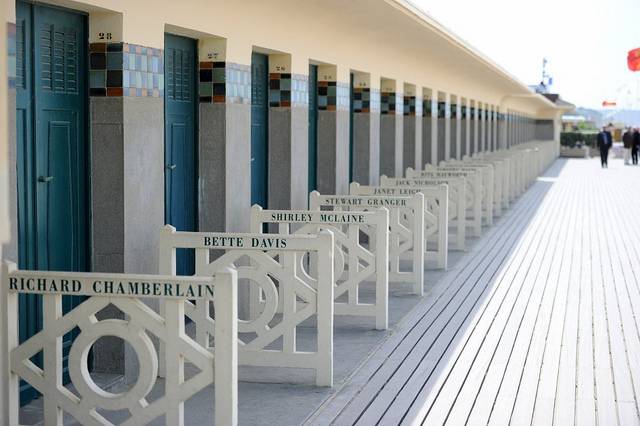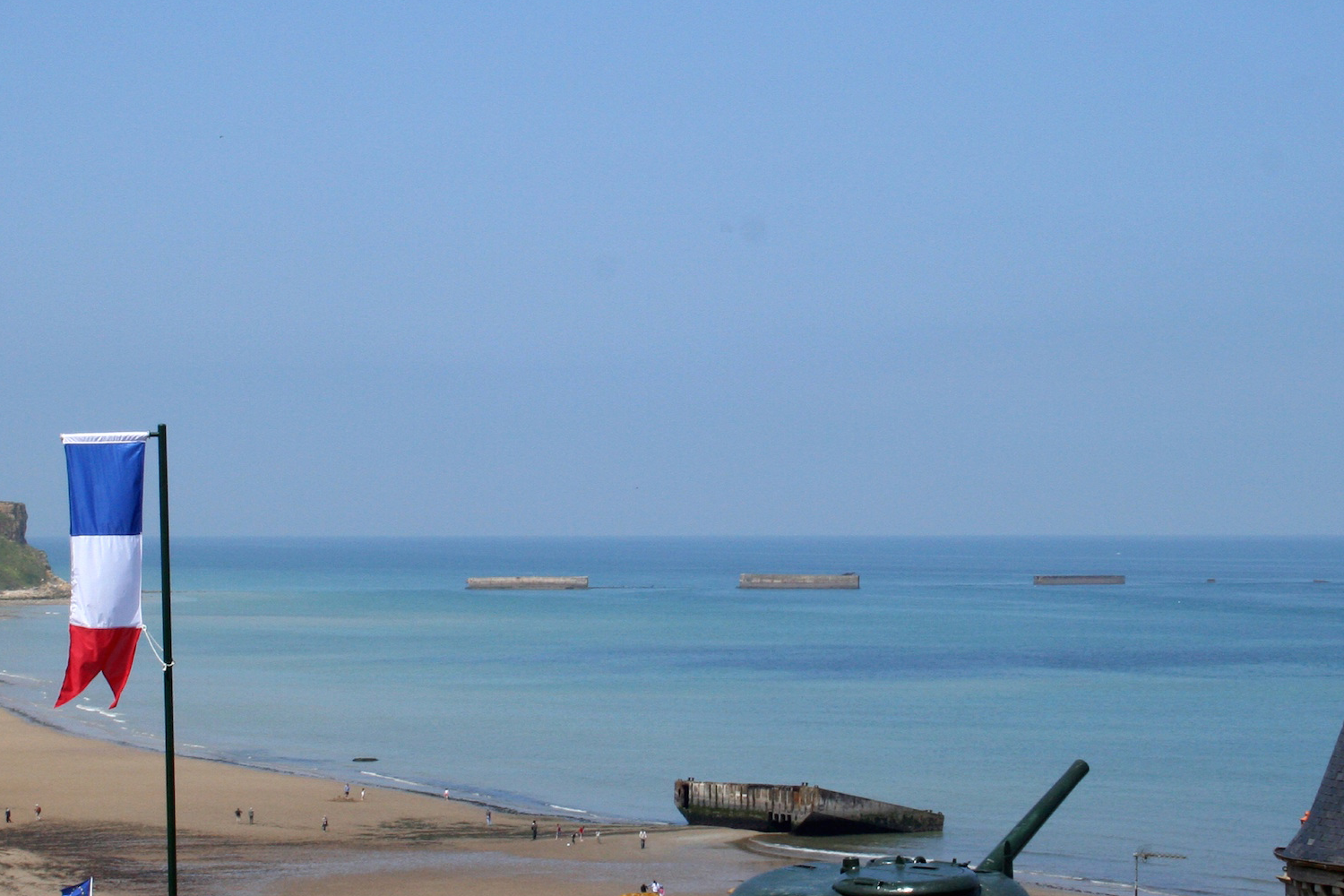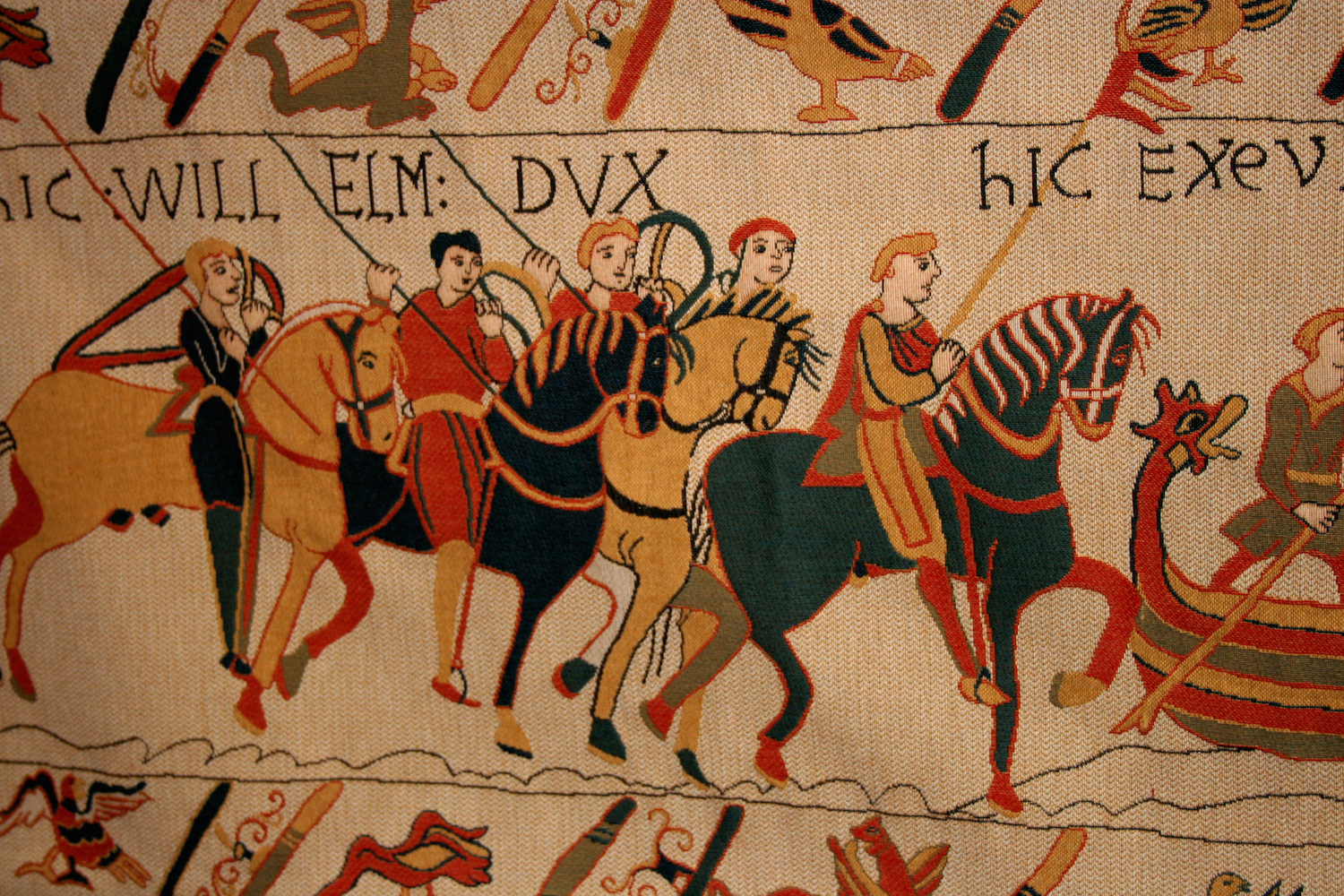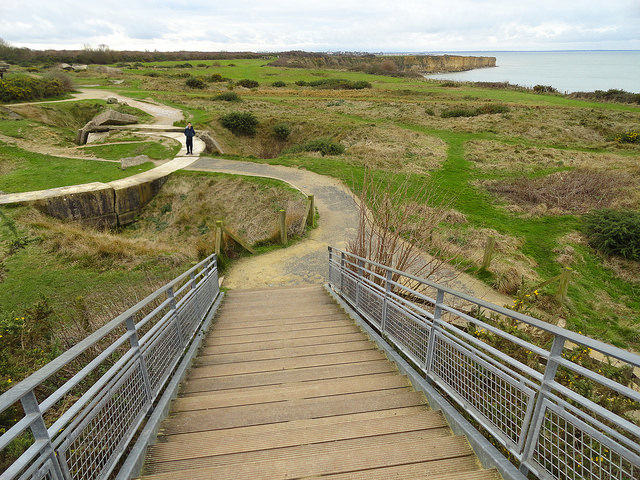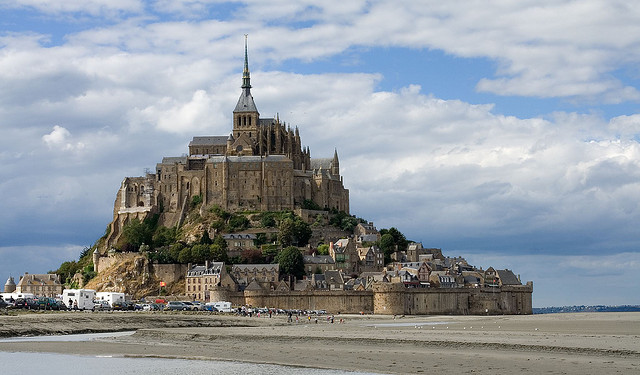William was born in Falaise, the son of Robert the Magnificent, (also called Robert the Devil), and Arlette (Robert’s concubine). The fact that he was born out of wedlock gave him the name he was initially known by “William the Bastard”. When his father decided to join the Crusades, William was made, at the age of seven, successor to the throne. On the death of his father one year later, his rights of succession were contested by a number of other pretenders, the Richardides, sons or direct heirs of the former Dukes of Normandy. For several years a “war of succession” was fiercely waged with plots and conspiracies, a number of assassination attempts on William and the death of several of his close allies.
In the face of these repeated plots, William sought out powerful allies to bolster his authority; he turned to Henry I, king of France, whose vassal he was. After several battles, he managed to consolidate his territory and his authority, gaining a degree of power which was to make his powerful neighbours increasingly wary of him, particularly his former ally, the King of France.
Another high point of his reign was his marriage to Mathilde (at around 1050 in the region of Eu) which was opposed for some time by the church for reasons of consanguinity and of politics. William decided to ride roughshod over these. Mathilde was the daughter of the Count of Flanders securing William a substantial ally in this powerful lord.
William is best known these days for his conquest of England and for the betrayal of Harold. This conquest is remembered for the disembarkation of the Norman fleet of around one thousand ships which had set off from the beaches of Dives sur Mer to land at Pevesey. The army numbered some 8000 men, their horses and their provisions. The Battle of Hastings, on 14 October 1066, was to mark the victory of William and of the Norman cavalry thanks to the death of Harold.
William died on 7 September 1087 near Rouen and in accordance with his express wishes, was buried it the Abbey of Saint Etienne in Caen.
